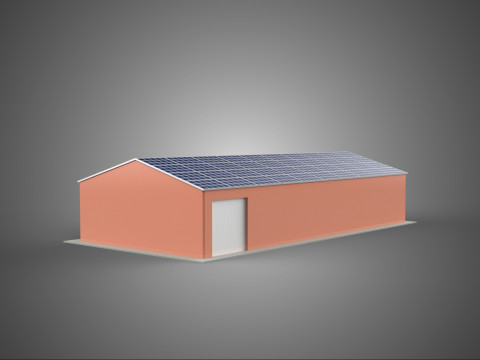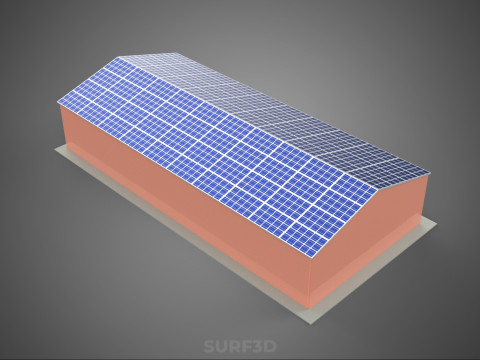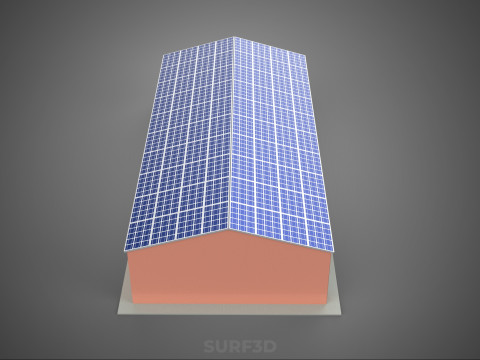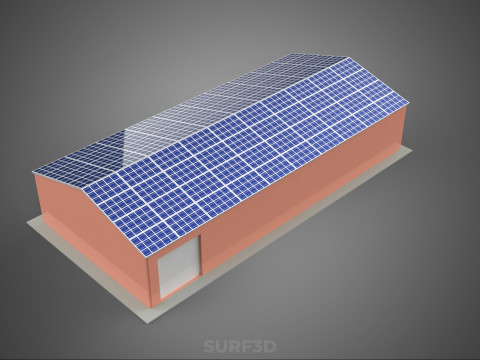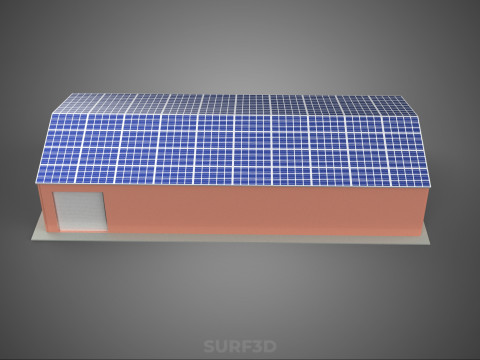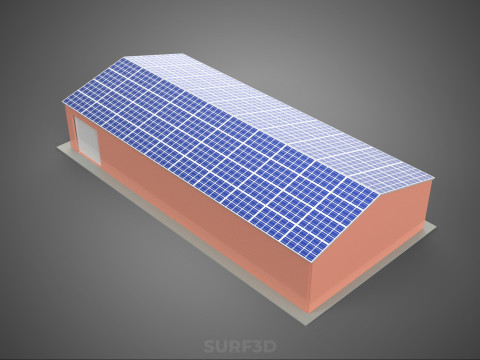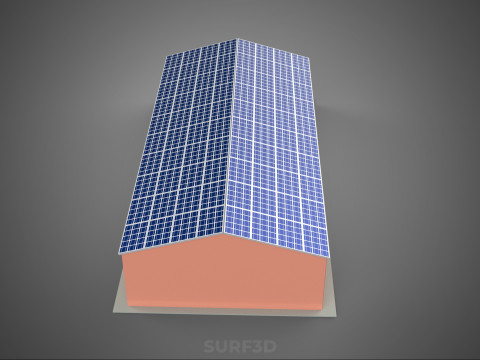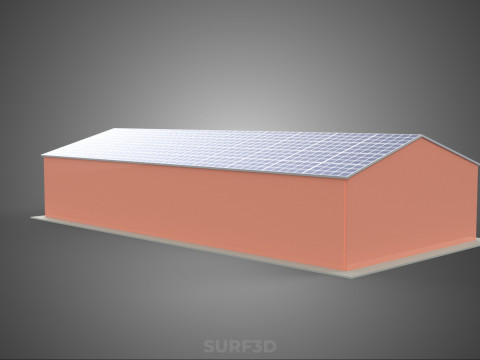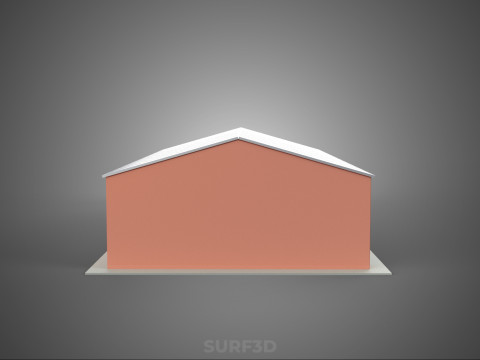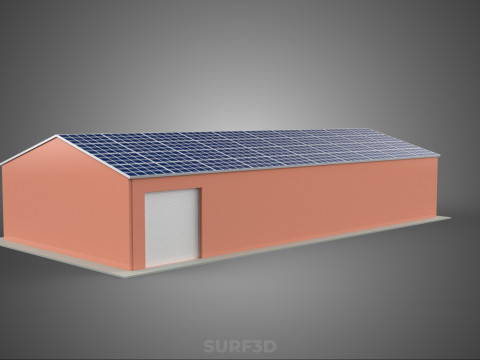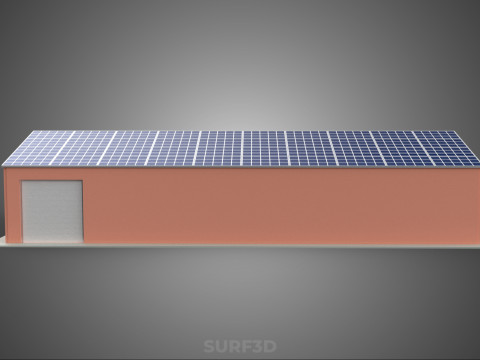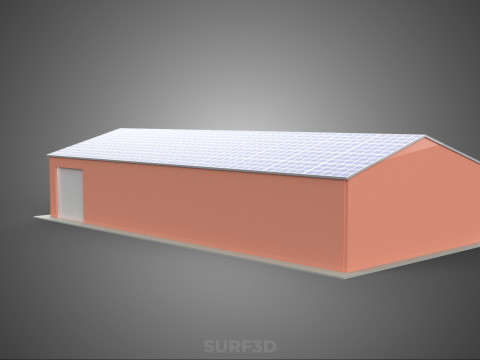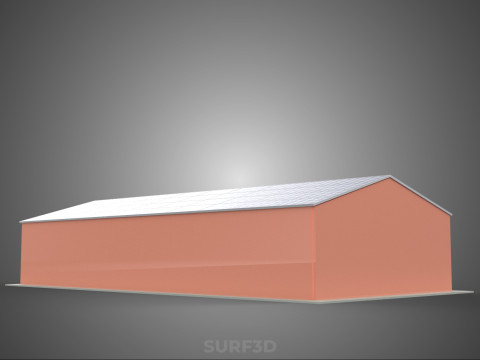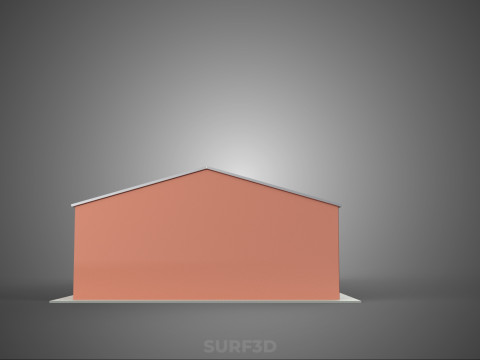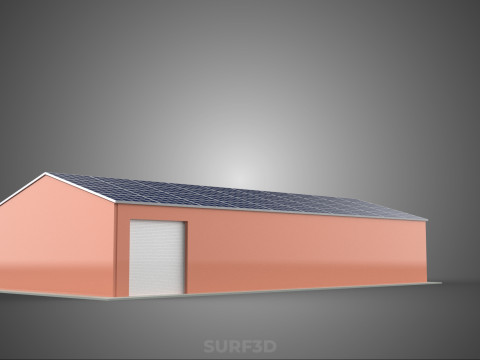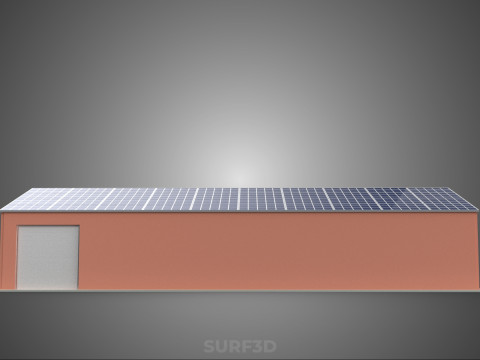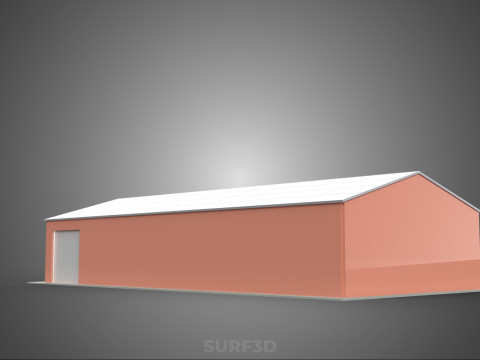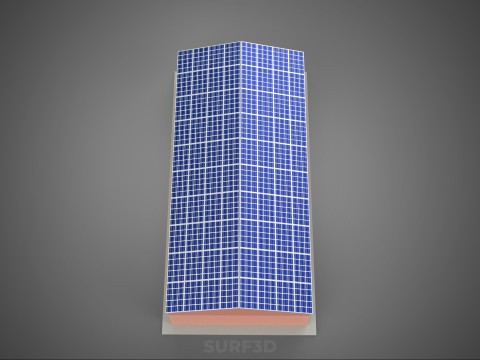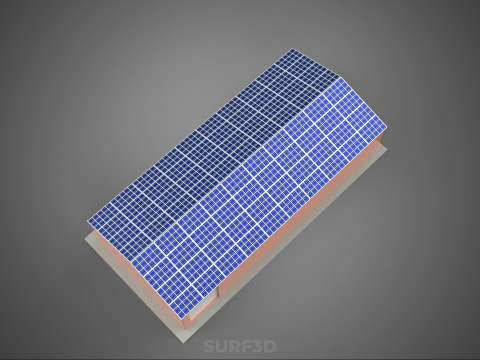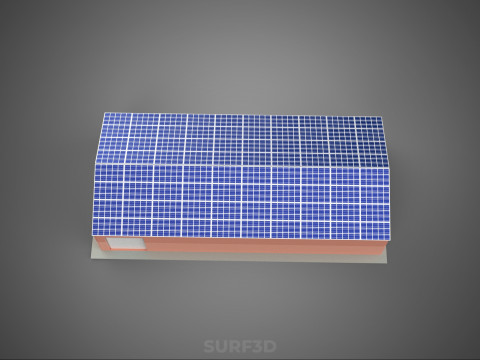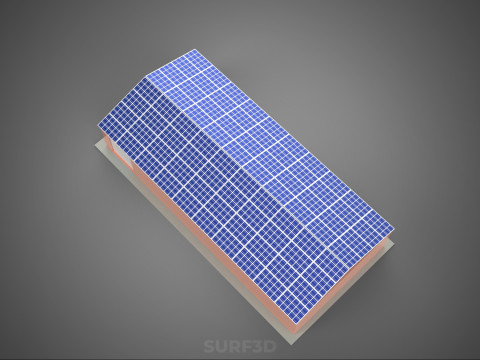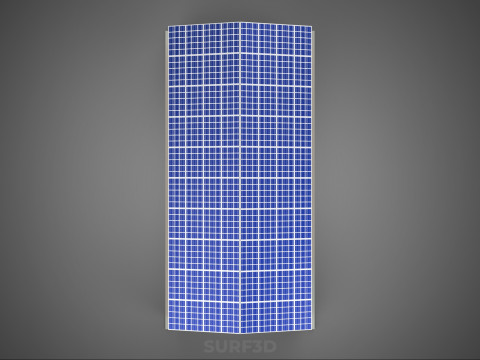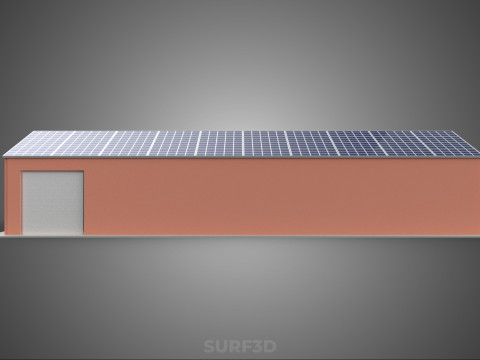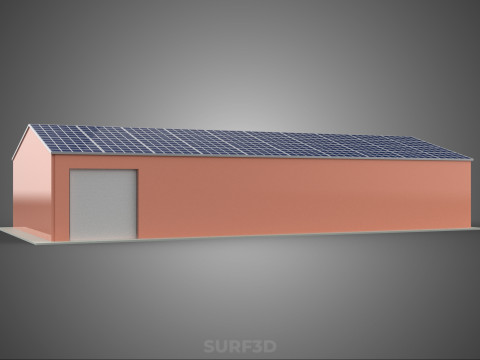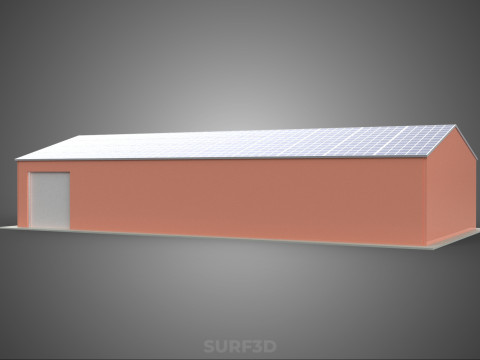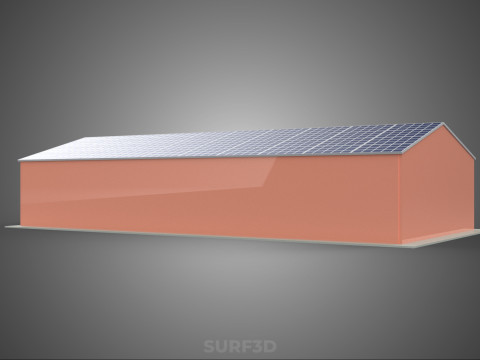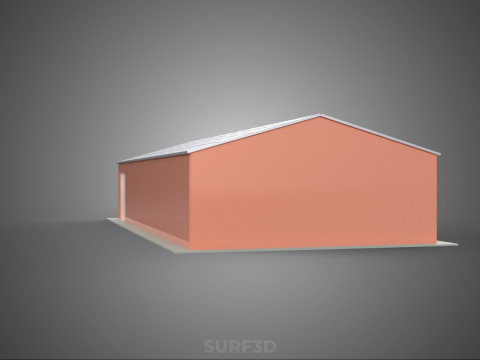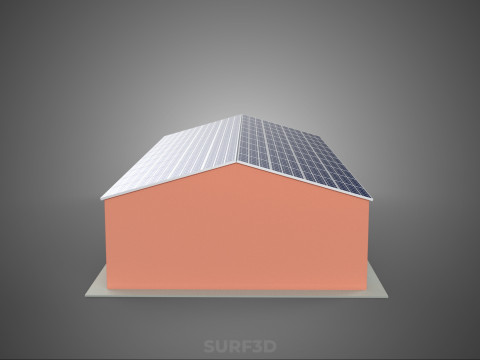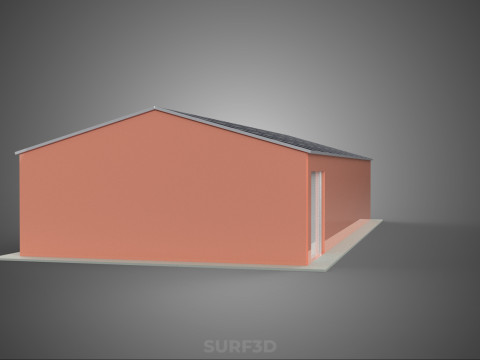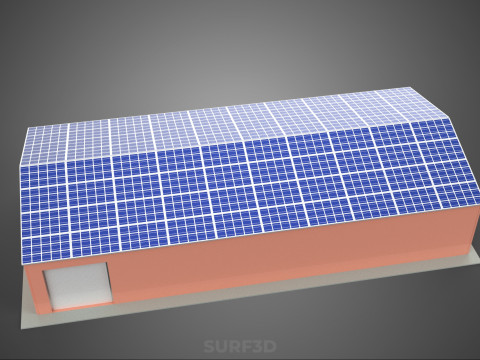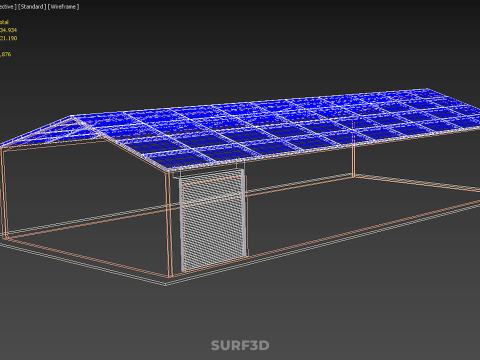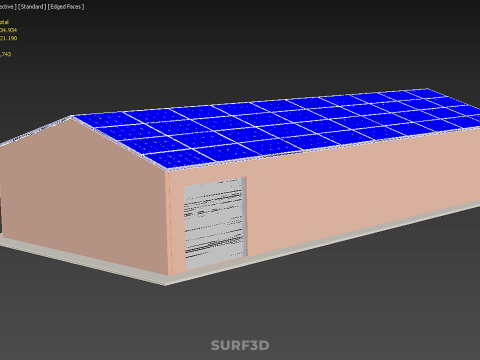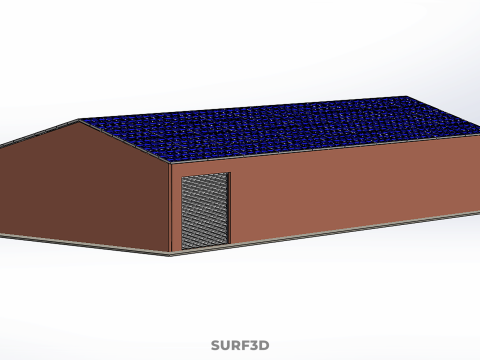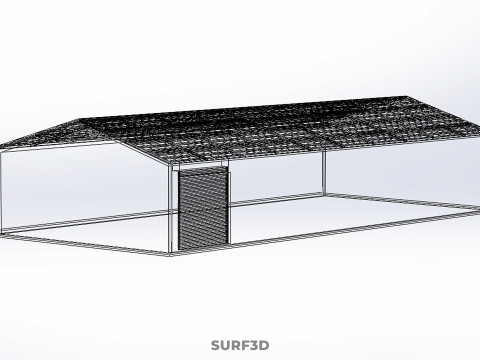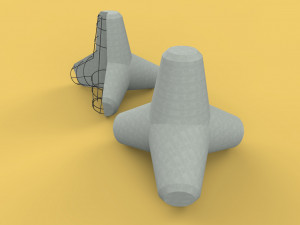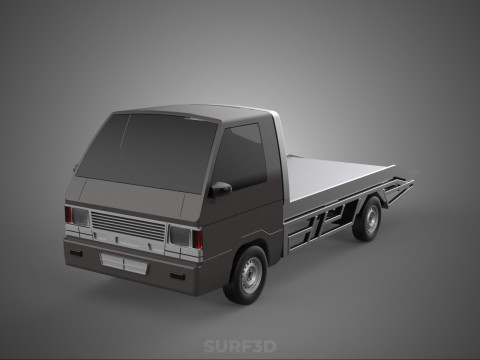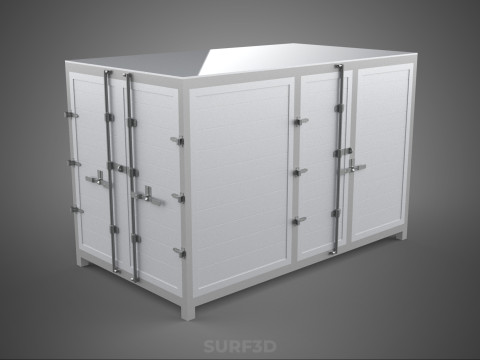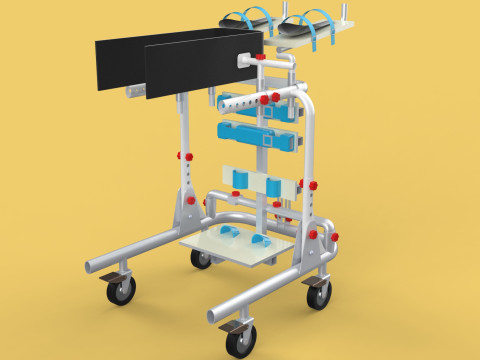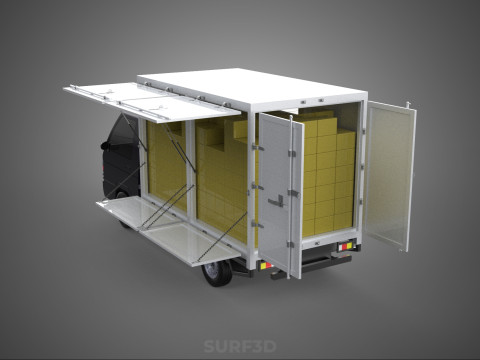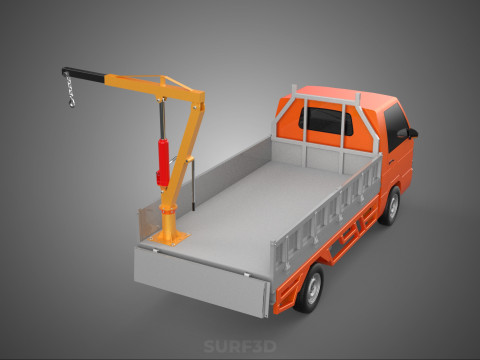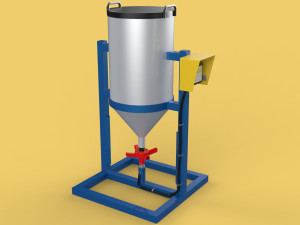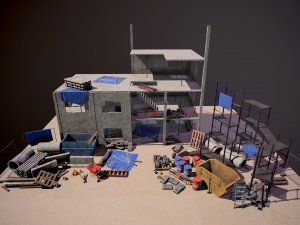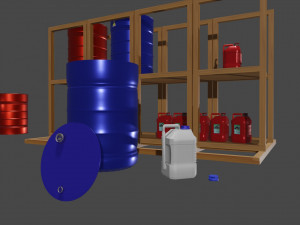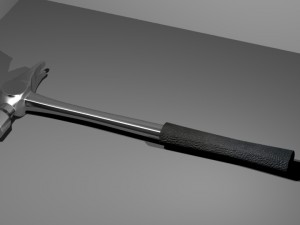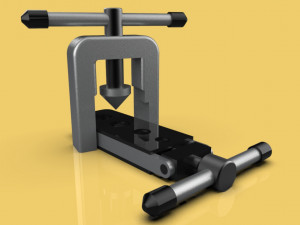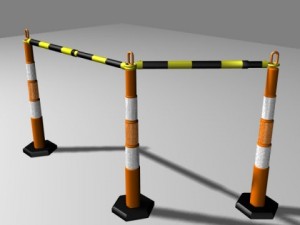ソーラーパネル 屋根 太陽光発電 小屋 倉庫 倉庫 倉庫 納屋 3Dモデル
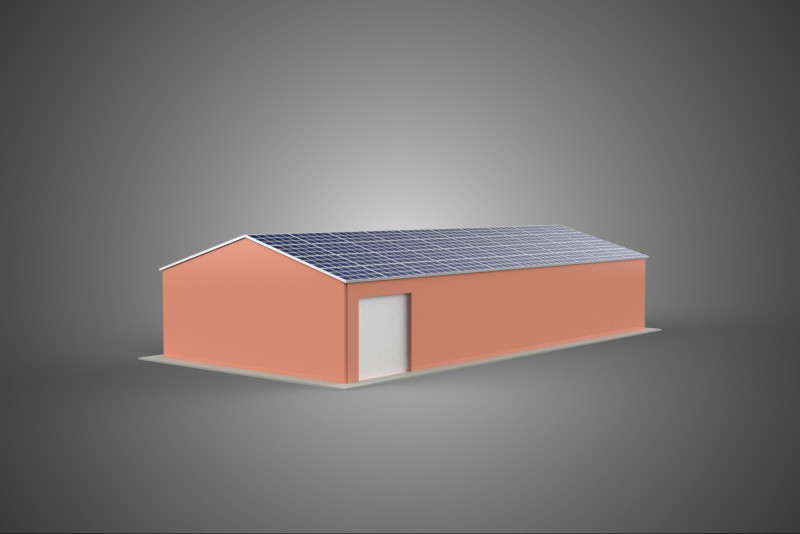
- 作者による製品サポートのリクエスト
- 利用可能フォーマット:
- アイテム ID:605720
- 日付: 2025-10-16
- 多角形:234934
- 頂点:321190
- アニメーション:No
- テクスチャー加工:No
- 装飾:No
- 素材:
- 低ポリ:No
- コレクション:No
- UVW マッピング:No
- 使用中プラグイン:No
- 印刷 準備:No
- 3D スキャン:No
- 成人コンテンツ:No
- PBR:No
- AIトレーニング:No
- ジオメトリ:Poly NURBS
- 展開済 UVs:Unknown
- ビュー:218
説明
High-quality 3D assets at affordable prices — trusted by designers, engineers, and creators worldwide. Made with care to be versatile, accessible, and ready for your pipeline.
Included File Formats
This model is provided in 14 widely supported formats, ensuring maximum compatibility:
• - FBX (.fbx) – Standard format for most 3D software and pipelines
• - OBJ + MTL (.obj, .mtl) – Wavefront format, widely used and compatible
• - STL (.stl) – Exported mesh geometry; may be suitable for 3D printing with adjustments
• - STEP (.step, .stp) – CAD format using NURBS surfaces
• - IGES (.iges, .igs) – Common format for CAD/CAM and engineering workflows (NURBS)
• - SAT (.sat) – ACIS solid model format (NURBS)
• - DAE (.dae) – Collada format for 3D applications and animations
• - glTF (.glb) – Modern, lightweight format for web, AR, and real-time engines
• - 3DS (.3ds) – Legacy format with broad software support
• - 3ds Max (.max) – Provided for 3ds Max users
• - Blender (.blend) – Provided for Blender users
• - SketchUp (.skp) – Compatible with all SketchUp versions
• - AutoCAD (.dwg) – Suitable for technical and architectural workflows
• - Rhino (.3dm) – Provided for Rhino users
Model Info
• - All files are checked and tested for integrity and correct content
• - Geometry uses real-world scale; model resolution varies depending on the product (high or low poly)
• • - Scene setup and mesh structure may vary depending on model complexity
• - Rendered using Luxion KeyShot
• - Affordable price with professional detailing
Buy with confidence. Quality and compatibility guaranteed.
If you have any questions about the file formats, feel free to send us a message — we're happy to assist you!
Sincerely,
SURF3D
Trusted source for professional and affordable 3D models.
More Information About 3D Model :
A photovoltaic (PV) powered ancillary structure refers to a diverse category of utilitarian buildings—including sheds, warehouses, storehouses, depots, and barns—that are equipped with roof-mounted solar panel systems for the generation of electrical power. This integration converts the non-residential structure’s roof area into a distributed energy resource (DER), enabling onsite energy consumption (self-consumption), or export to the utility grid (net metering).
### Nomenclature and Scope
The structures integrated with solar PV arrays are defined by their functional role:
1. **Shed/Storehouse:** Typically smaller structures used for general storage, tools, or workshops. PV systems on these structures often range from small off-grid setups (providing power for lighting, security, or remote monitoring equipment) to small grid-**** systems.
2. **Barn/Agricultural Depot:** Structures utilized within farming or agribusiness contexts (e.g., equipment storage, animal housing, crop drying facilities). PV systems in this sector are critical for offsetting high energy demands associated with refrigeration, ventilation systems, milking machinery, and processing equipment.
3. **Warehouse/Depot:** Large commercial or industrial facilities primarily used for logistics, inventory storage, and distribution. These buildings typically feature expansive, flat, or low-slope roofs, making them ideal candidates for utility-scale solar arrays (often exceeding 100 kWp). The generated energy significantly mitigates the high operational costs associated with lighting and HVAC in large commercial spaces.
### Technical Characteristics of PV Integration
The successful deployment of a solar array on these structures is highly dependent on structural integrity, roof geometry, and orientation.
**Roofing Systems:** PV panels are typically installed using one of two primary methods:
1. **Rack-Mounted Systems (Add-on):** Modules are secured via non-penetrating or penetrating mounting hardware installed above existing roofing materials (e.g., metal, asphalt, membrane). This is common for retrofits.
2. **Building-Integrated Photovoltaics (BIPV):** The solar modules replace conventional roofing elements entirely, functioning simultaneously as the weatherproof layer and the power generation source. BIPV is preferred for new construction or substantial roof replacements due to aesthetic and structural efficiency.
**System Scale and Connectivity:**
* **Off-Grid (Stand-Alone):** Used typically on remote sheds or barns where grid connection is prohibitively expensive. These systems require battery banks for energy storage and charge controllers.
* **Grid-**** (Utility-Interactive):** The dominant configuration for warehouses and large depots. Generated electricity is primarily consumed by the facility; excess power is exported back to the grid via an inverter, leveraging net metering or feed-in tariffs where available.
### Economic and Environmental Drivers
The integration of PV into these structures is driven by several economic incentives:
* **Cost Reduction:** Generating power onsite directly reduces reliance on utility electricity, lowering monthly operating expenses, especially in jurisdictions with high commercial electricity rates or peak demand charges.
* **Asset Utilization:** Utilizing pre-existing, otherwise unproductive roof space eliminates the need for land acquisition necessary for ground-mount solar farms, optimizing land use.
* **Sustainability and Compliance:** Corporate sustainability initiatives often mandate reduced carbon footprints. PV installations contribute to achieving renewable energy goals and provide a hedge against future carbon taxes or volatile energy prices.
* **Resilience:** In grid-**** systems equipped with backup battery storage, the PV array can provide essential power during grid outages, securing critical functions (e.g., cold storage, security systems).
These installations represent a critical component of the decentralized energy landscape, supporting energy transition goals across the commercial, industrial, and agricultural sectors.
KEYWORDS: Photovoltaic, Solar Energy, Ancillary Structure, Warehouse, Depot, Barn, Shed, BIPV, Rooftop Solar, Grid-****, Off-Grid, Net Metering, Distributed Energy Resource, Renewable Energy, Self-Consumption, Commercial Solar, Agricultural PV, Sustainability, Energy Storage, Rack-Mounted, Industrial Facility, Utility-Interactive, Solar Array, Photovoltaic System, Auxiliary Building, Energy Independence, Decarbonization, Logistics, Power Generation, Green Building.
フォーマットが必要ですか?
異なるフォーマットが必要な場合、サポートチケットを開き、注文をしてください。3Dモデルをこれらに変換できます: .stl, .c4d, .obj, .fbx, .ma/.mb, .3ds, .3dm, .dxf/.dwg, .max. .blend, .skp, .glb. フリーフォーマット変換3D シーンは変換しません .step、.iges、.stp、.sldprt などの形式。!
使用情報
ソーラーパネル 屋根 太陽光発電 小屋 倉庫 倉庫 倉庫 納屋 - このロイヤリティフリーの3Dモデルは、基本ライセンスまたは拡張ライセンスに従って、個人および商用目的で使用できます。基本ライセンスは、デジタル広告、デザインおよび視覚化プロジェクト、ビジネスソーシャルメディアアカウント、ネイティブアプリ、ウェブアプリ、ビデオゲーム、物理またはデジタル最終製品(無料および有償)など、ほとんどの標準的な使用事例をカバーしています。
拡張ライセンスには、基本ライセンスで付与されるすべての権利が使用制限なしで含まれており、ロイヤリティフリーの条件の下で、3Dモデルを無制限の商用プロジェクトで使用できます。
詳細を読む


 English
English Español
Español Deutsch
Deutsch 日本語
日本語 Polska
Polska Français
Français 中國
中國 한국의
한국의 Українська
Українська Italiano
Italiano Nederlands
Nederlands Türkçe
Türkçe Português
Português Bahasa Indonesia
Bahasa Indonesia Русский
Русский हिंदी
हिंदी